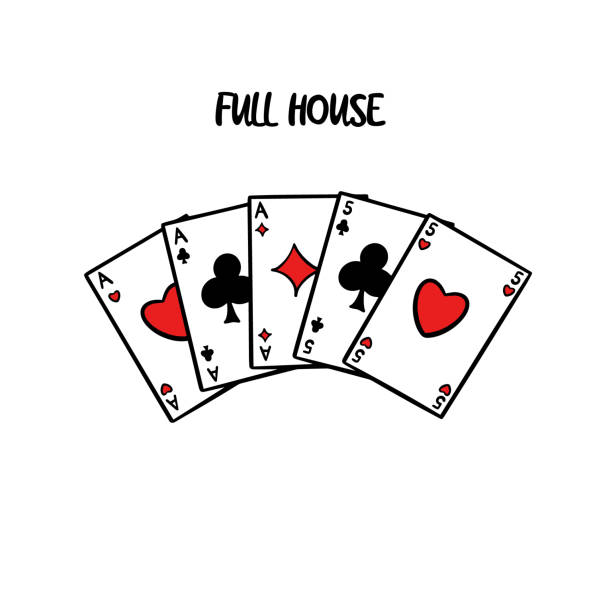
Poker, an intriguing game of strategy, psychology, and skill, has enticed many to dive into its complex yet rewarding structure. The allure often lies within the subtle dance of guessing, risk-taking, and the intricate ranking of hands that dictate the fate of a poker player. Among the many queries that circle this fascinating game, a common one is about the hierarchy of poker hands. Why does a Full House beat a Flush or a Straight? To understand this, we delve into the realms of probability, the essence of poker strategies, and the reflections of such rules in the professional poker arena.
The Mathematics of Poker Hands
The core of poker lies in the mathematics that underpins every deal, every bet, and every move a player makes. The probability of being dealt a particular hand is a key aspect of the game. A Full House, comprising a pair and a three of a kind, is harder to come by than a Flush or a Straight, making it a higher-ranking hand. This fundamental understanding shapes the strategies of the best poker players, who calculate odds in real-time to make informed decisions on whether to fold, call, or raise.
Best casino slots in 2022 USA

300% Welcome Bonus |

Choose 100% Bonus |

Take 100% Welcome Bonus |

100% free spins |
The beauty of poker is that it is a game of incomplete information, where the best poker players of all time have showcased their prowess by deducing what cards their opponents hold. This aspect of poker enriches the gameplay, making the mathematical calculations not just about one’s own hand, but about predicting the hands of others. The ranking of hands isn’t arbitrary but rooted in the likelihood of their occurrence. This mathematical essence of poker is what separates casual players from professional poker players.

Reflection in Professional Play
The rules of poker are not just theoretical constructs, but have real-world implications in professional play. The poker pro players know that understanding the hierarchy of hands is fundamental to success. The legends of poker have often been those who have a deep understanding of not just the game’s rules, but the reasons behind these rules. Best poker player in the world contenders often have a mathematical mindset coupled with a psychological understanding of opponent strategy.
In high-stakes games, where the title of the top poker player is contested, understanding why a Full House beats a Flush or a Straight is crucial. It informs the strategy, the risks worth taking, and the bluffs worth making. The greatest poker players of all time have often been those who understand the fine balance between the rules, the odds, and the human element.
The tales of the highest earning poker players often resonate with the mastery of poker hand rankings. The rankings are not just rules to be memorized, but are to be understood in depth for what they represent in terms of probability and strategy.
Legacy in Poker Lore
The legacy of poker hands and their rankings transcends the contemporary gaming arena and finds its roots in history. The tales of top world poker players often echo the understanding and respect for the game’s mathematical basis and the hierarchy of hands.
The all time poker money list is often populated by those who have not just played by the rules, but understood the essence of these rules. The most successful poker players have often been those who could read the game, its rules, and its mathematics like an open book.
The narrative of why a Full House beats a Flush or a Straight is more than just a rule; it’s a tale of probability, a reflection of the game’s complexity, and a homage to the skill required to master poker. It’s a narrative that every aspiring best player poker should delve into, to not just play the game, but to understand its very soul. The top ten poker players’ grasp of such fundamental aspects is what crafts the legends of poker, creating a legacy that inspires every new generation of poker enthusiasts.
Conclusion
The realm of poker is deep and engaging, with every hand dealt opening a window to endless strategies and outcomes. The ranking of hands is not a whimsical decision but a reflection of mathematical probabilities and strategic implications. As we delve into the intricacies of why a Full House holds a higher rank over a Flush or a Straight, we do not just explore a rule, but we unfold a rich narrative that has been crafted over centuries of gameplay.
Best casino slots in 2022 USA


300% Welcome Bonus |

Choose 100% Bonus |

Take 100% Welcome Bonus |

100% free spins |
